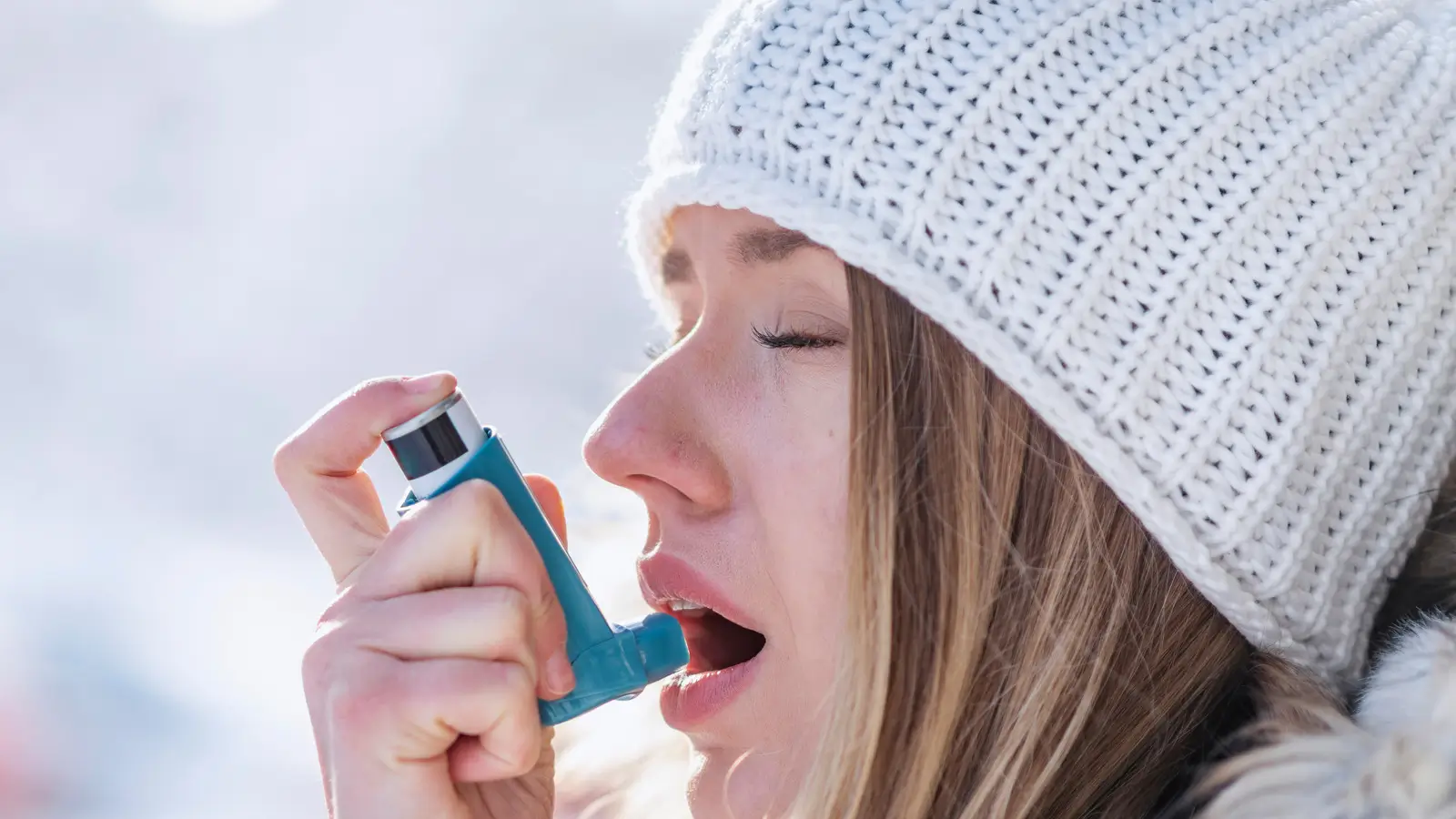
As the winter season approaches, individuals living with asthma may find themselves facing additional challenges in managing their condition. Cold weather can have a significant impact on asthma symptoms, making it crucial to understand how to navigate these conditions effectively.
For individuals with asthma, the bronchial tubes are particularly sensitive to triggers, including cold air. When temperatures drop, inhaling cold air can irritate the lining of the airways and lead to symptoms such as coughing, wheezing, and shortness of breath. Winter, with its colder and drier air, often poses a higher risk of triggering asthma flare-ups compared to other seasons.
Research published in the Occupational and Environmental Medicine journal suggests that a cold winter with below-normal average temperatures increases the risk of developing new asthma within the following one to two years. Additionally, individuals who already have asthma may experience more frequent and severe flare-ups during the winter months.
One of the key strategies for managing asthma during winter is to keep your body warm. Dressing appropriately and layering your clothing can help reduce the risk of asthma symptoms triggered by the cold. When heading outdoors, wear a warm coat, scarf, hat, and gloves to protect yourself from the chilly temperatures. Additionally, covering your mouth and nose with a scarf or mask can help warm the air you breathe in, minimizing the potential irritation to your airways.
READ ALSO: The inflation rate reached 3.4 percent in December
While the cold weather itself can be a trigger for asthma symptoms, spending more time indoors during the winter months exposes individuals to additional indoor triggers such as dust mites and mold. To minimize the risk of asthma flare-ups, take proactive steps to reduce indoor allergens. Consider using HEPA filters in your home to remove allergens from the air. Dust mite covers for pillows and mattresses can also help if you have a dust mite allergy.
Breathing through your nose, rather than your mouth, can help reduce the chances of cold air directly entering your lungs. When you breathe in through your nostrils, the structures in your nose humidify and warm the air before it reaches your lungs. This process can lower the risk of irritating your airways and triggering an asthma attack. If you have a habit of mouth breathing, make a conscious effort to breathe through your nose, especially when temperatures are cold outside.
Collaborating closely with your healthcare provider to develop an asthma action plan tailored to the winter months is essential. An asthma action plan provides guidance on managing your asthma effectively, including medication usage, symptom monitoring, and emergency protocols. By following your personalized plan, you can stay ahead of potential asthma flare-ups and ensure that your condition remains well-controlled during the winter season.
Individuals with underlying lung diseases, including asthma, are at an increased risk of serious illness. It is crucial to stay current on vaccinations, such as the flu shot, to protect yourself from respiratory infections that can exacerbate asthma symptoms. Discuss with your doctor whether additional vaccines, such as those for pneumonia, COVID-19, or shingles, are recommended for you based on your specific health needs.
READ ALSO: The Game Theorists Founder MatPat Announces Retirement from YouTube Channel
Even individuals with well-managed asthma can experience unexpected flare-ups, particularly during the winter months. It is essential to carry your rescue inhaler, such as albuterol, with you at all times. If you experience wheezing or shortness of breath, use your rescue inhaler as directed by your healthcare provider. Prompt treatment can help alleviate symptoms and prevent the progression of a respiratory emergency.
In some cases, asthma symptoms may escalate rapidly, requiring immediate medical attention. It is crucial to recognize the signs that indicate the need for emergency care. If you experience any of the following symptoms, call 911 or seek emergency medical assistance:
-
Lips or nails turning blue
-
Fever over 101°F
-
Coughing up yellow or green mucus
-
Visible stretching of the skin between the ribs or at the base of the throat with each breath
-
Rapid breathing, with a rate of 30 or more breaths per minute
If you plan to travel during the holiday season, it is important to take certain precautions to ensure a safe and asthma-friendly experience. Speak to your doctor about creating an “asthma action plan” specifically tailored for your travels. Remember to pack all necessary medications and supplies, including your rescue inhaler, in your carry-on bag. Familiarize yourself with the local healthcare facilities and emergency contact numbers at your destination.
